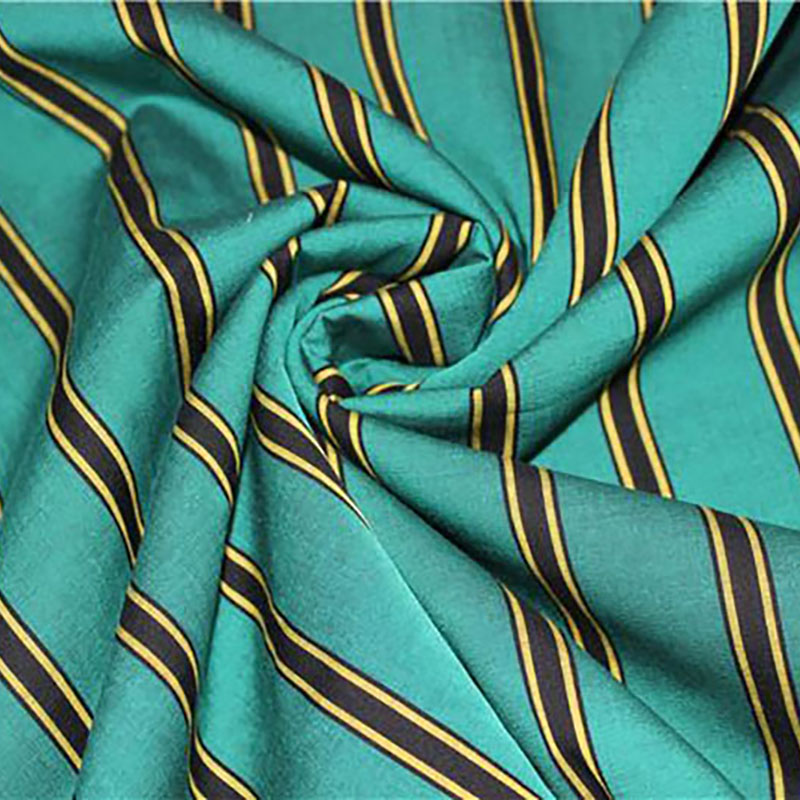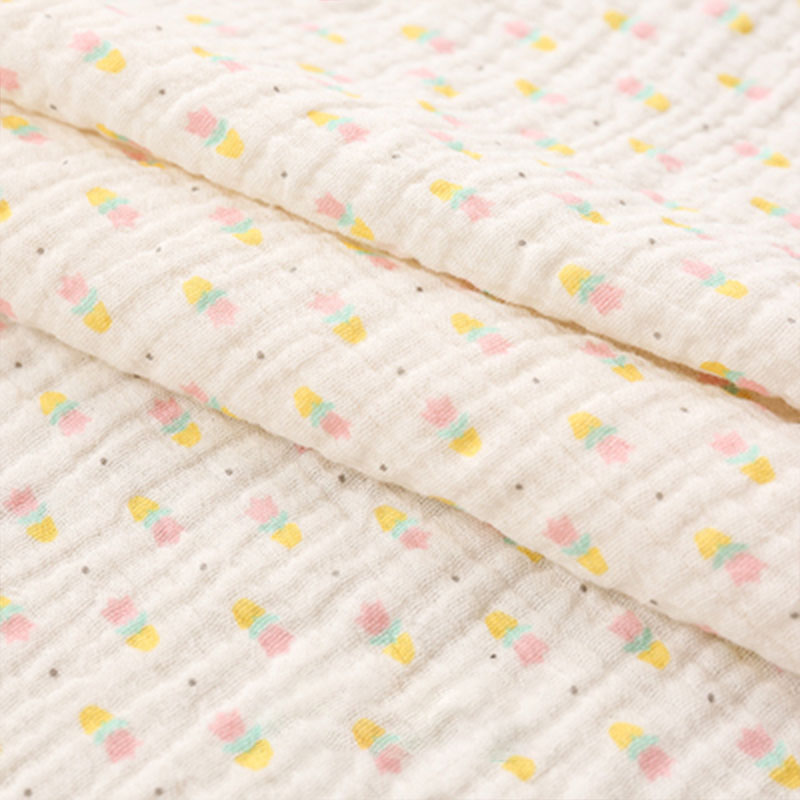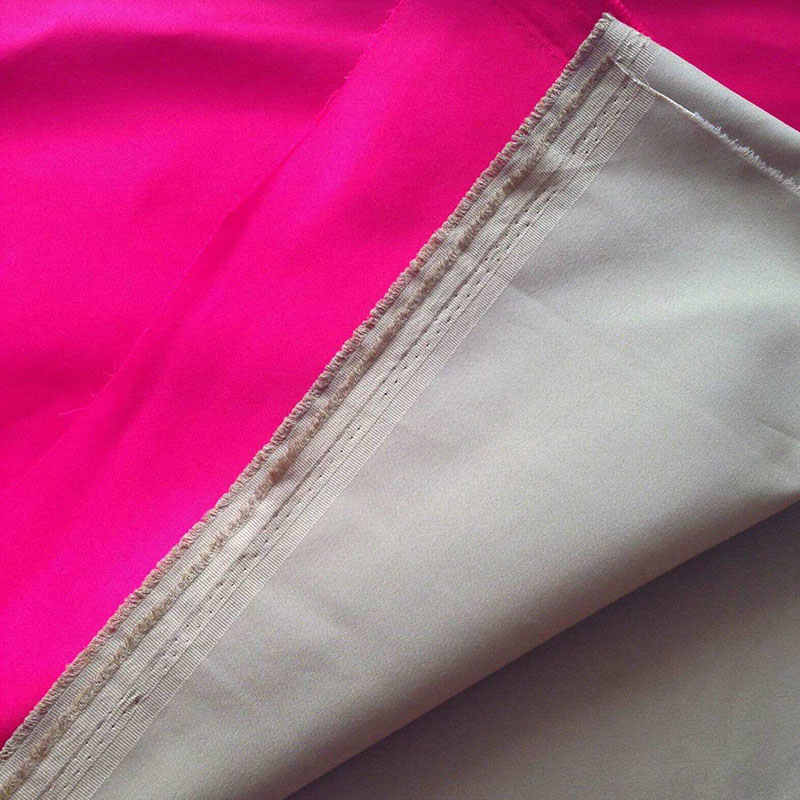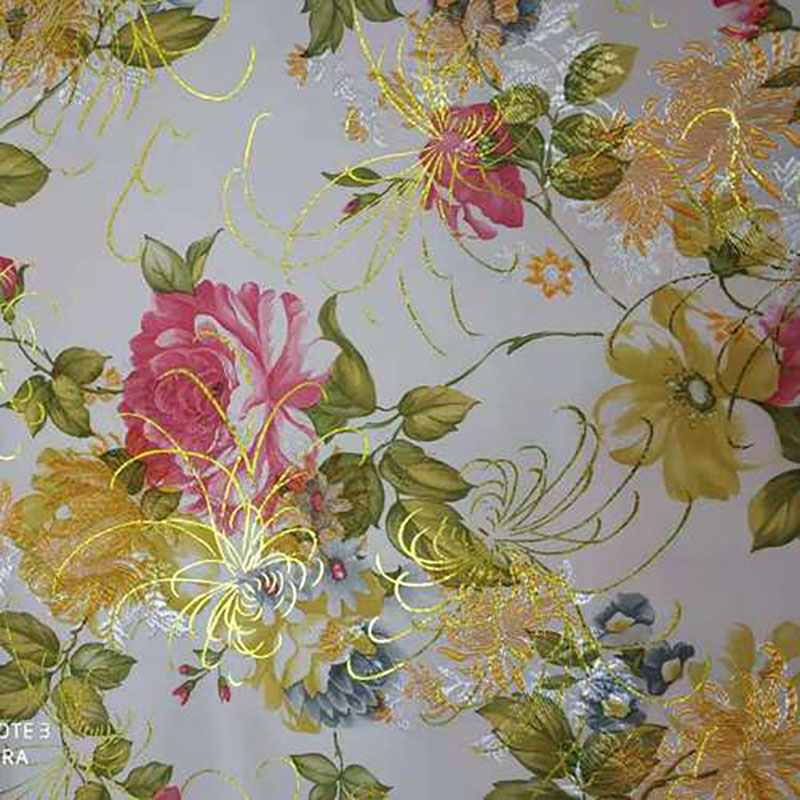In the past decade, the fashion industry has witnessed significant transformations driven by fabric innovation design. This article traces the timeline of these innovations, illustrating their impact on sustainability and design trends.
Beginning in the early 2010s, we observed a shift towards sustainable textiles. Designers started integrating recycled materials, which not only reduced waste but also inspired new aesthetics in fashion. These changes prompted brands to rethink their sourcing strategies.

As we moved into the mid-2010s, advancements in textile technology became prominent. Innovations such as moisture-wicking fabrics and smart textiles have allowed for greater functionality in fashion. This integration of technology into fabric design was revolutionary, enabling clothing to adapt to consumer needs.

In recent years, the demand for sustainable textiles has surged. Consumers are more conscious of their purchasing decisions, which has led brands to prioritize eco-friendly materials. The shift not only meets consumer expectations but also initiates a positive environmental impact.

Looking forward, the fusion of fashion and technology will continue to evolve. We anticipate more innovative textiles that contribute to sustainability, dynamically changing the landscape of the fashion industry. The landscape is ripe for emerging designers who embrace this transformative wave.

In conclusion, fabric innovation design has made a profound impact on the fashion industry. By focusing on sustainability and integrating cutting-edge technology, we are not only reshaping fashion but also paving the way for a more sustainable future.
